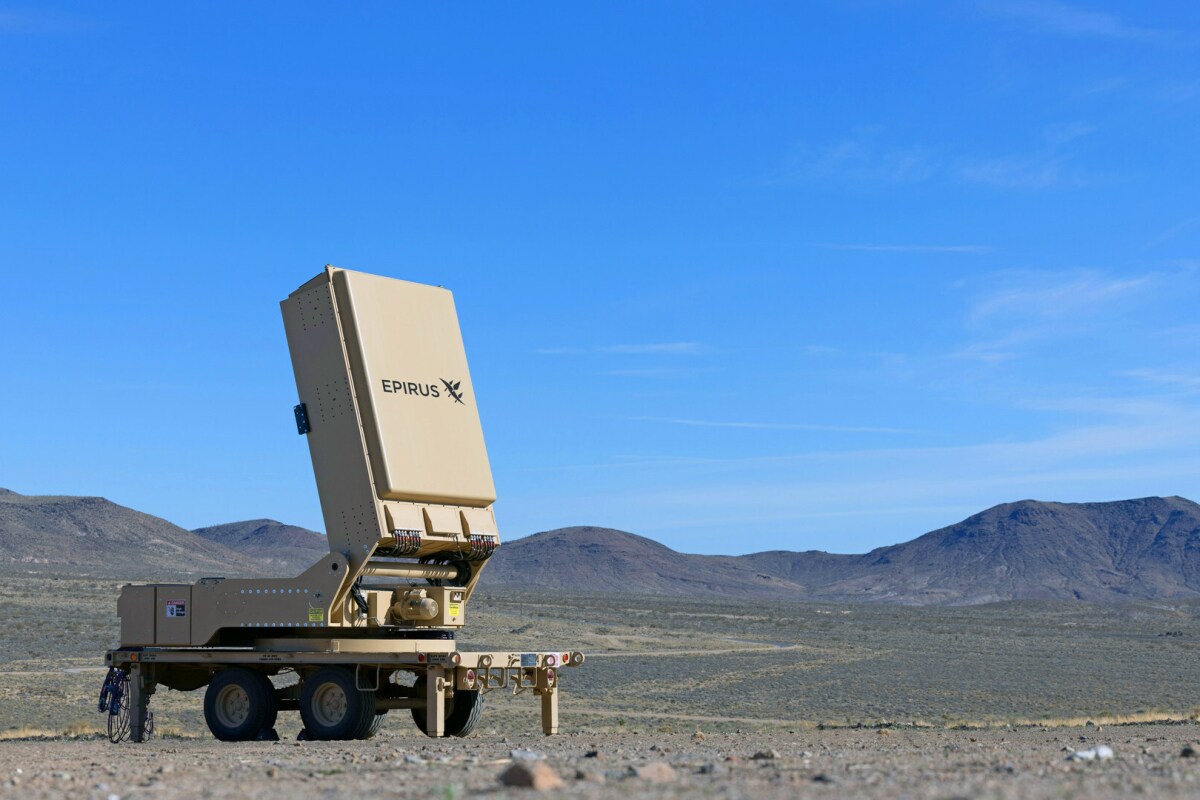
This is interesting and is potentially superior to rapid fire laser weapons which we actually have for over thirty years but never disclosed of course..
I do believe our laser systems can swat down a drone cloud. After all it can lay down a so called crop circle with six inch pixels. it will mean adjusting for velocity change. Yet we must be there now.
It also tells us just how good our radar systems are now with high speed computer processing. Moores law at work.
It does mean sending out a correctly tuned wave form. almost unimaginable.
US Army awards contract for microwave weapon to counter drone swarms
By David Szondy
January 24, 2023
The Leonidas high-power microwave weapon
https://newatlas.com/military/us-army-awards-contract-microwave-weapon-counter-drone-swarms/
The US Army has awarded Eprius a contract worth US$66.1 million to deliver prototypes of a new microwave weapon called Leonidas that is capable of bringing down entire swarms of enemy drones in a single burst, while leaving friendly aircraft intact.
As the Russian invasion of Ukraine has demonstrated, small, cheap drones can pose a real threat on the battlefield that will only grow as technology progresses. Off-the-shelf robotic aircraft have already proven to be invaluable for reconnaissance, target spotting, and even direct attack. Outside of war zones, they can also be a deadly nuisance if they are sent into airspace occupied by civilian aircraft.
One nightmare scenario is an enemy attacking with swarms of drones that can either overwhelm a location's defenses or force the defenders to expend missiles costing millions of dollars each to destroy a drone costing only a few hundred.
To counter this threat, increasing attention is being paid to directed energy weapons, including lasers and microwaves. These systems come in a variety of sizes and levels of sophistication, but they all share the advantages of operating at the speed of light, being able to engage multiple targets, and using electricity for ammunition at a ridiculously low cost per round.
One example of a directed energy weapon is the High-Power Microwave (HPM) Leonidas, which is being funded under the Army's Rapid Capabilities and Critical Technologies Office (RCCTO) Indirect Fire Protection Capability-High-Power Microwave Program. Leonidas has been under development for some years and the new funding is intended to transition the technology to field-capable prototypes.
Like similar systems, Leonidas defends against drones by firing blasts of microwave energy that disrupts or destroys the uncrewed aircraft's electronics, sending it crashing to the ground. It can even take on cruise missiles.
The principle is quite simple, but the tricky bit is figuring out the optimum waveform for the job. Previously, this required modifying a lot of hardware, but Leonidas uses a phased array that is driven by software, making it very easy to reconfigure as well as requiring a smaller than usual crew to operate.
According to Epirus, Leonidas has the ability to precisely target a single drone, form a microwave wall to stop a swarm, shield specific areas of the sky, or configure itself to allow friendly drones to operate while taking out unfriendly ones in the same vicinity. It is also open architecture, easily scalable, and is designed to maintain safe zones to avoid harming humans.
"Time and time again, we've seen that current air defense systems are ill-equipped to tackle the threat of autonomous drone swarms," said Ken Bedingfield, Chief Executive Officer, Epirus. "This contract with the RCCTO brings new counter-swarm capability to the UAS fight with our cost-effective, modular, and upgradable Leonidas systems. As the threat environment continues to evolve, so, too, will our capabilities, ensuring the US Army is equipped with effective countermeasures to near-term and over-the-horizon electronic threats for decades to come."
No comments:
Post a Comment